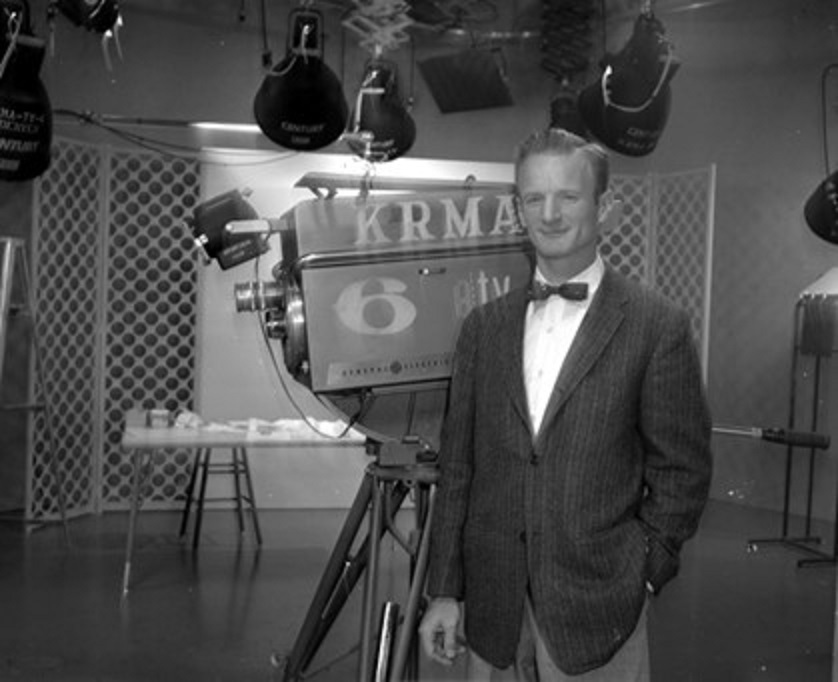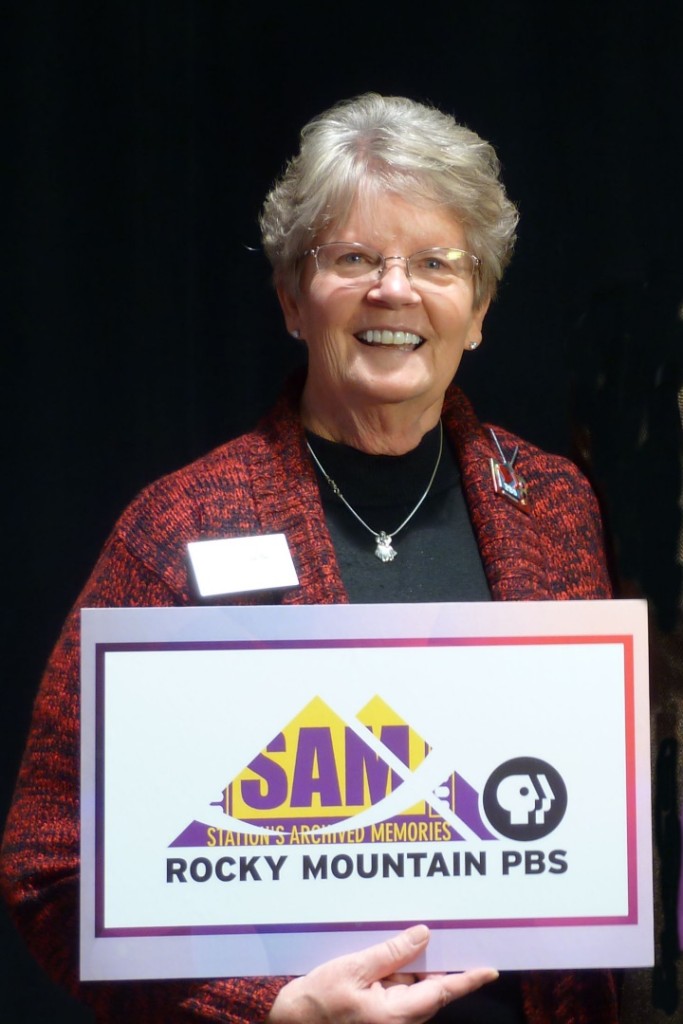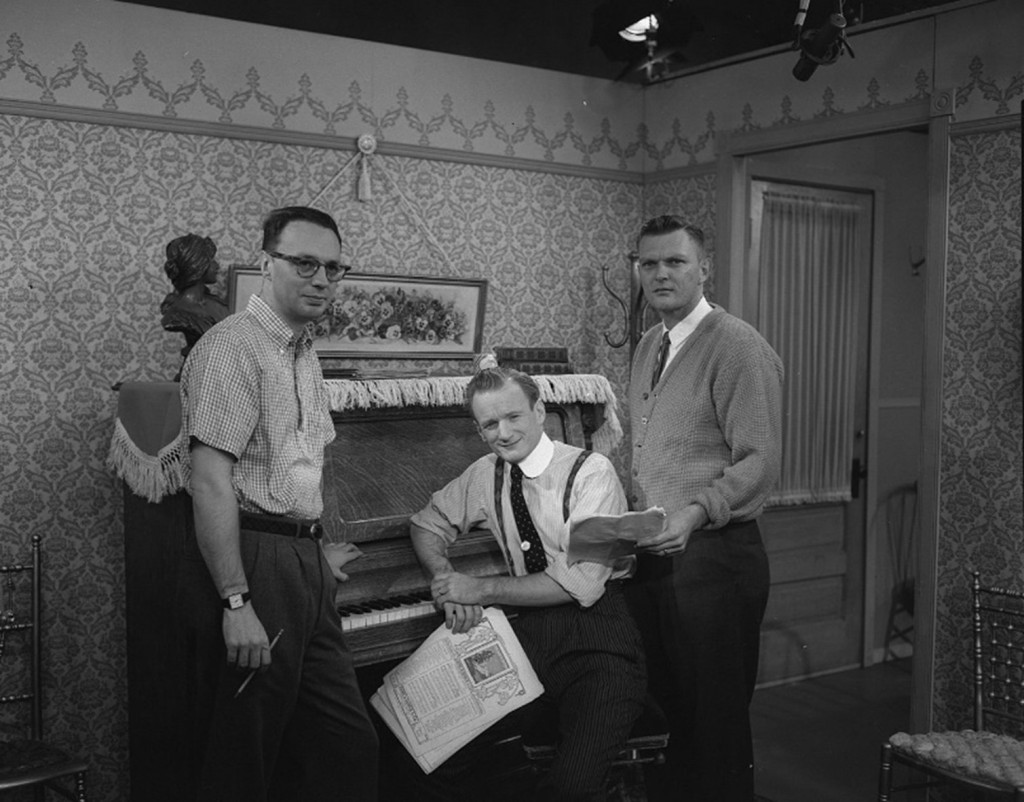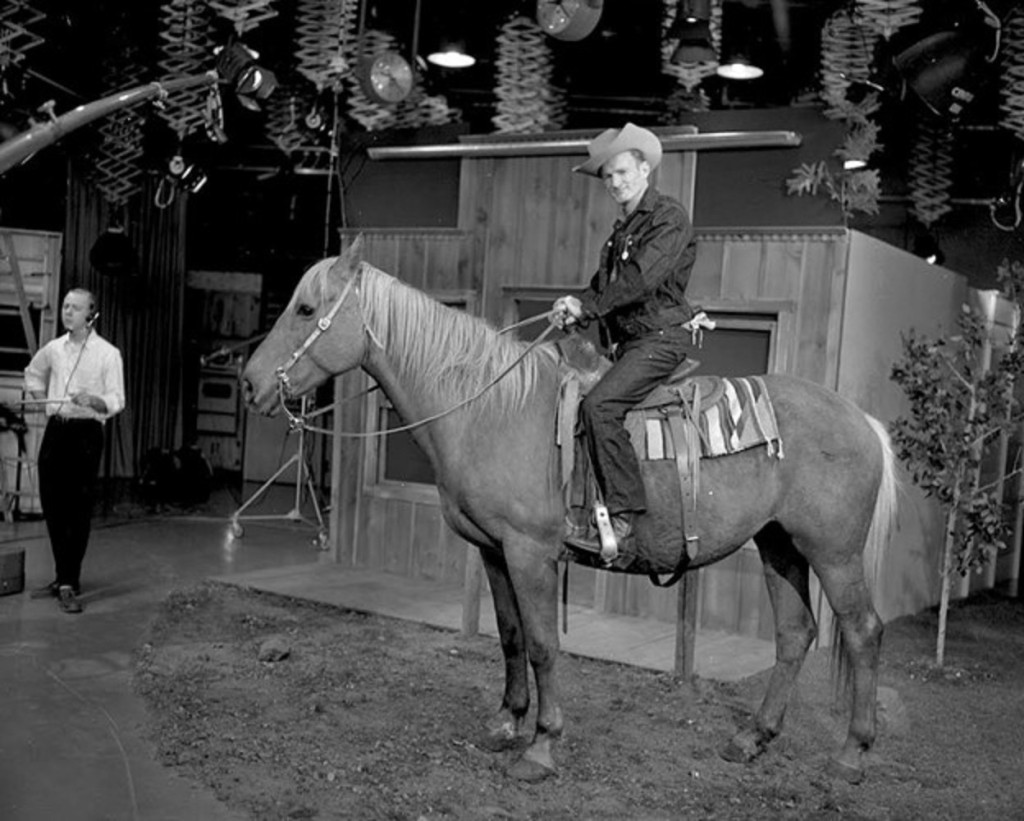
Today when I ask younger people where they first discovered ragtime, I get a lot of answers relating to the popular recording media of their generation. But when visiting with people of my vintage their answers are often that they first heard about ragtime from Max Morath on The Ragtime Era television series he did in 1959-1960 on National Educational Television (NET) station KRMA-TV Channel 6 in Denver, CO.
National Educational Television morphed into the modern Public Broadcasting System (PBS) in 1969. This transition came partially because of KRMA’s groundbreaking work on program series like The Ragtime Era that played over and over on not only public television but on some commercial stations as well.
As I listened to Max and Moss Hall who produced the series tell of their experience, I began to research the remarkable station that was responsible for the production. In the process I discovered the astonishing work of the station’s 50-year volunteer, Laura Sampson.

Out of her love for public television and the work of Rocky Mountain PBS, Laura began volunteering at the station in 1974. Her background as a mother and elementary school teacher proved to be invaluable as she searched for ways to assist the station. Initially she worked with the annual televised auction, a children’s educational program, membership drives, and ultimately served on the station’s Board of Directors.
In 2000 after over 25 years of service, Laura gathered a group of fellow veteran volunteers, and created an extensive archive to preserve the station’s heritage. She used the approach Tom Sawyer employed to get Aunt Polly’s fence painted. She spoke of the privilege and joy of the project (which it turned out to be.)
Soon the intrepid group began collecting the records of the station, scanning and organizing them into categories, assigning every item an accession number and carefully storing all the documents, memorabilia, film, and video so it could be retrieved by using the collection’s database the group maintained. They called their unique project SAM (Station’s Archived Memories.)
Funding for this ambitious project came from a generous grant from the Corporation for Public Broadcasting (CPB).

In the beginning, however they discovered some important items had been apparently lost, but they were generally encouraged by what they found. One particular treasure came in the form of black and white photo scrapbooks a public relations staff member had kept of early programs.
The advent of Laura Sampson’s archival work was so unique, thorough, and impressive that PBS approached her about creating a manual for stations to follow in establishing a definitive guide for stations to follow in creating and coordinating their volunteer assets. Known as the “SAM Toolkit,” the manuals have been distributed to all the PBS stations in the country.
Some statistics Laura Sampson shared with me regarding the archive are staggering considering the amount of volunteer work it took to identify each item separately for storage and retrieval.
There are 65,000+ photographs archived, subjects identified, and hard copies digitized; 21,760 documents digitized, and hard copies preserved; 4207 items of memorabilia archived and preserved; 237 oral history interviews conducted and preserved; and nearly 15,600 local production tapes and videos have been preserved in the collection. It is no wonder the station was awarded the 2004 Community Development Award by the National Friends of Public Broadcasting.
As for the music side to this story, David Stewart provides that account in the third chapter of his book The PBS Companion: a History of Public Television. In 1959 John “Jack” White, NET President, was touring the network’s stations looking for better ways to deliver educational programming. James Case, KRMA program manager, was discussing this visit with his producer Moss Hall who suggested a young fellow doing melodramas for tourists at the old Imperial Hotel in Cripple Creek might be their man. Moss had worked on those productions with Max Morath in 1956 and 1958.
Morath also had previous experience in television, so Moss and Max produced a pilot for the 12-part series that was to become The Ragtime Era. That series, and a follow-up 15-part sequel The Turn of the Century as well as a Christmas program Max created called A Magic Lantern Christmas and a children’s western series, taught Educational TV “how to have fun,” according to David Stewart.
Morath’s series came about because of fortuitous circumstances. KRMA was an early educational station owned by the Denver Public Schools. The foresighted superintendent Dr. Kenneth Oberholtzer had overseen the construction of a modern studio facility for programming production, and he had acquired a grant from the Ford Foundation to purchase three video cameras (allowing for multiple camera angles during taping). All of the production crew were experienced at their jobs and sticklers for perfection.
KRMA-TV Channel 6 Denver and Max Morath changed educational programming on television forever, if not public education. In addition to the three early series in which Max was involved KRMA-TV also produced The Glory Trail, in 1965 that told the story of the old West. They continued the tradition by producing many quality documentary series over the years as well as specific programs for all ages. My commentary is that all too frequently contemporary educational delivery still relies on less-than-stimulating lectures and boring workbook-like assignments in classrooms and great halls filled with students who are rarely having fun.
By the way, one of the more interesting photographs in the collection is of Max taping a western series in 1962-1963 for children, sitting astride a horse, in the studio (creating a “Mucker,” staff position), but that’s another story.
Someday soon, I hope to see an extensive documentary video on the evolution of educational television. KRMA’s The Ragtime Era will have to be the first bookend bracing the nearly 75 years of programming. And when that series is made, they will have Laura Sampson and her SAM volunteers to thank for a lot of the archived material.
Larry Melton was a founder of the Scott Joplin Ragtime Festival in 1974 and the Sedalia Ragtime Archive in 1976. He was a Sedalia Chamber of Commerce manager before moving on to Union, Missouri where he is currently helping to conserve the Ragtime collection of the Sedalia Heritage Foundation. Write him at lcmelton67@gmail.com.






















